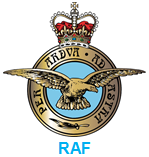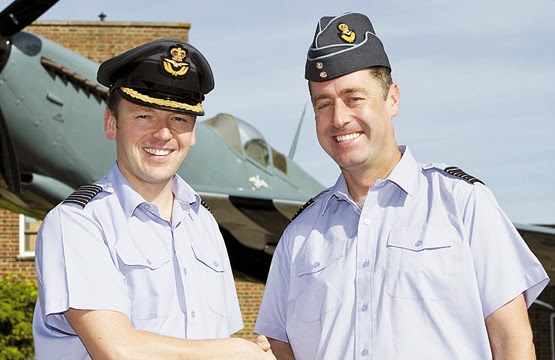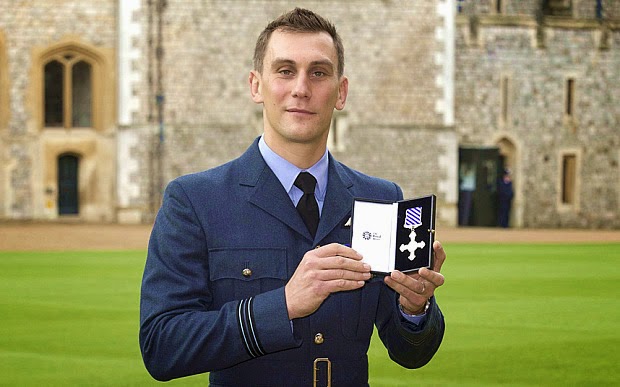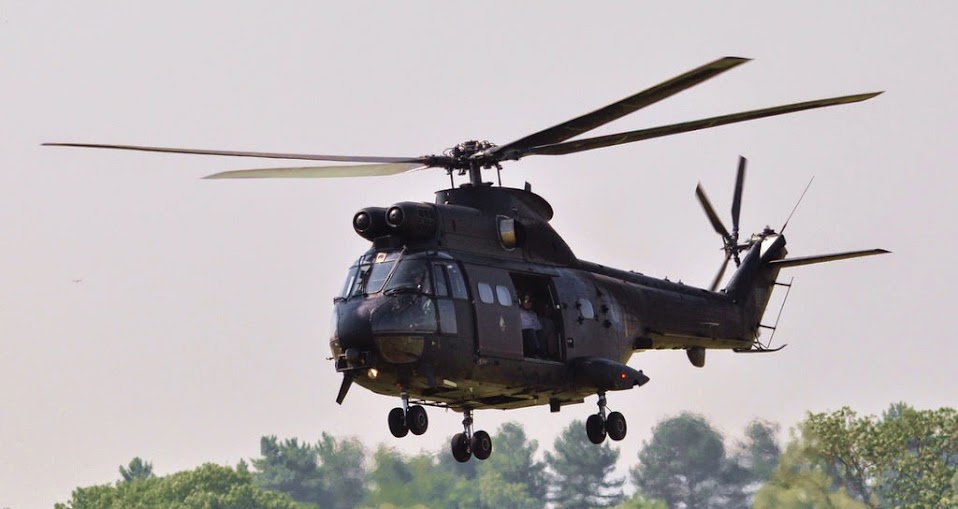
RAF Valley's Search and Rescue Team is Busiest in UK
A team based at RAF Valley on Anglesey have been named as the UK's busiest search and rescue helicopter unit in the UK, for the second year running.
Number 22 Squadron's C Flight was scrambled 323 times in 2013, helping 298 people.
RAF Search and Rescue Force Commander, Group Capt Sara Mackmin, said she was "incredibly proud".
Prince William flew with the team before he left Anglesey last year, and took part in some of the missions.
He carried out his first rescue in October 2010 during his first full operational shift as a pilot based at Valley.
He and the Duchess of Cambridge left Anglesey last summer, describing it as "beautiful" and "welcoming".
'Protracted winter'
Valley's C Flight is one of six RAF search and rescue units around the UK, and its members face demanding missions in terrain ranging from beaches and cliffs to the mountains of Snowdonia.
Its crews accounted for more than a quarter of the 1,202 alerts the helicopters were called to in the UK last year.
Their work includes rescuing people in difficulty, as well as transferring seriously ill patients to hospital.
Paying tribute to the Anglesey members, Group Capt Mackmin, said: "The harsh, protracted winter that lasted from January through to early April saw C Flight complete not only a higher than average number of rescues, but was also accomplished in some of the worst weather conditions Snowdonia has seen for many years."
'All weathers'
On the UK's six search and rescue helicopter units and three RAF mountain rescue teams, she said: "I'm incredibly proud of all the men and women under my command who go out by day and night, in all weathers, united with one common aim - the preservation of life."
Last March, it was announced that helicopter search and rescue will move to Caernarfon from Anglesey, and a new base be set up at St Athan, after a US-based firm won the contract to run the service.
The Bristow Group has won a 10-year contract from 2015.
Under the deal, 22 helicopters will operate from 10 UK locations.
The £1.6bn deal ends 70 years of search and rescue from the RAF and Royal Navy.
Number 22 Squadron's C Flight was scrambled 323 times in 2013, helping 298 people.
RAF Search and Rescue Force Commander, Group Capt Sara Mackmin, said she was "incredibly proud".
Prince William flew with the team before he left Anglesey last year, and took part in some of the missions.
He carried out his first rescue in October 2010 during his first full operational shift as a pilot based at Valley.
He and the Duchess of Cambridge left Anglesey last summer, describing it as "beautiful" and "welcoming".
'Protracted winter'
Valley's C Flight is one of six RAF search and rescue units around the UK, and its members face demanding missions in terrain ranging from beaches and cliffs to the mountains of Snowdonia.
Its crews accounted for more than a quarter of the 1,202 alerts the helicopters were called to in the UK last year.
Their work includes rescuing people in difficulty, as well as transferring seriously ill patients to hospital.
Paying tribute to the Anglesey members, Group Capt Mackmin, said: "The harsh, protracted winter that lasted from January through to early April saw C Flight complete not only a higher than average number of rescues, but was also accomplished in some of the worst weather conditions Snowdonia has seen for many years."
'All weathers'
On the UK's six search and rescue helicopter units and three RAF mountain rescue teams, she said: "I'm incredibly proud of all the men and women under my command who go out by day and night, in all weathers, united with one common aim - the preservation of life."
Last March, it was announced that helicopter search and rescue will move to Caernarfon from Anglesey, and a new base be set up at St Athan, after a US-based firm won the contract to run the service.
The Bristow Group has won a 10-year contract from 2015.
Under the deal, 22 helicopters will operate from 10 UK locations.
The £1.6bn deal ends 70 years of search and rescue from the RAF and Royal Navy.












Comment